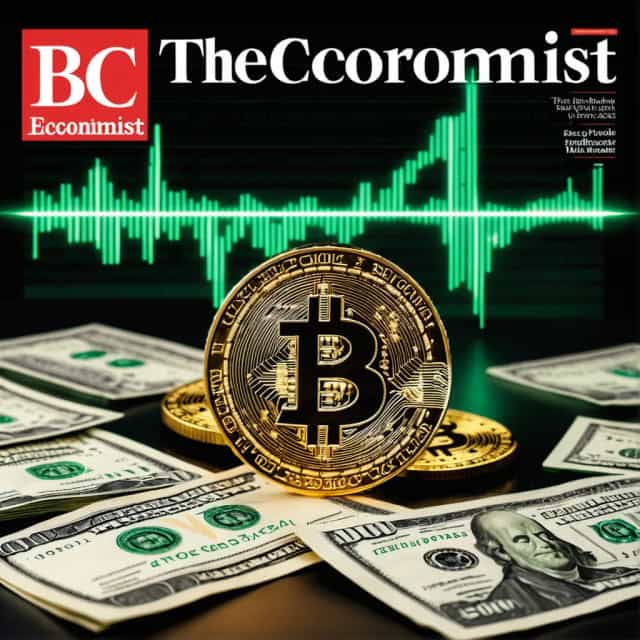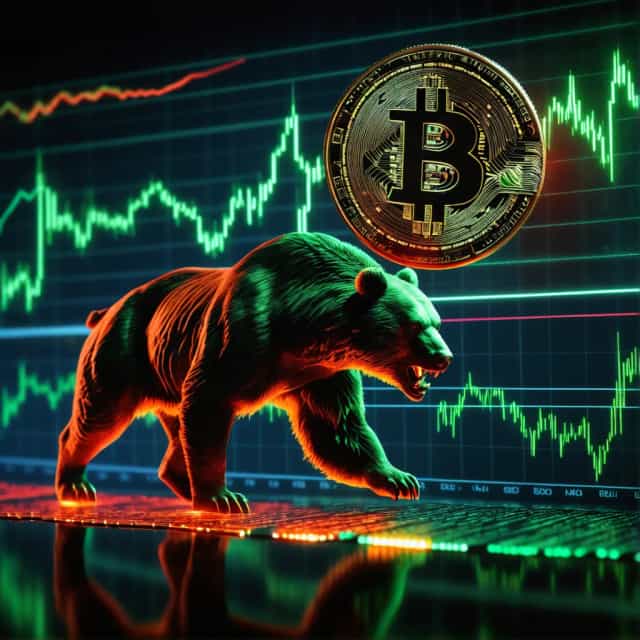
출처: Block Media
Bitcoin and Gold Reach Unprecedented Highs Amid Shifting Global Economic Landscape
Bitcoin and gold, two distinctive assets often representing opposite ends of the investment spectrum, have reached record-breaking highs in a striking reflection of global economic shifts. Market analysts point to a historic weakening of the U.S. dollar and broader macroeconomic transformations as the catalysts behind this synchronized surge, signaling a pivotal moment for global financial markets.
Bitcoin and Gold Break Records Side by Side
In a development that underscores evolving investment narratives, Bitcoin has surged to an unprecedented $125,000, while gold has climbed to $3,880 per ounce, inching toward the symbolic $4,000 mark. These achievements come as traditionally risk-on assets, like the S&P 500 index, also display remarkable growth—with the latter rising over 40% in just six months.
According to data from The Kobeissi Letter, the correlation coefficient between gold and the S&P 500 has reached an unparalleled 0.91 in 2024. This close alignment between historically uncorrelated assets, such as safe-haven gold and volatile equities, illustrates how financial markets are adapting to a dramatically shifting monetary policy landscape.
The U.S. Dollar Under Unprecedented Pressure
At the heart of these market phenomena lies a conspicuous decline in the U.S. dollar. Analysts at The Kobeissi Letter report that the greenback has depreciated by over 10% year-to-date, potentially making 2024 its weakest year since 1973. Long-term erosion is also notable, with the dollar’s purchasing power having declined by a staggering 40% since 2000.
Driving this weakness is a cocktail of economic pressures, including rising inflation, a softening labor market, and the Federal Reserve's shift to cutting interest rates. Historically, rate reductions are associated with easing dollar strength, but the dual challenge of persistent inflation and deteriorating economic indicators has exacerbated the dollar's struggles.
Bitcoin’s Historic Rally and the Role of Macroeconomic Crises
Bitcoin's triumphant rise above the $125,000 mark has been catalyzed by mounting macroeconomic tensions. According to Fabian Dori, Chief Investment Officer at global digital asset bank Sygnum, the ongoing U.S. government shutdown is playing a pivotal role in shaping Bitcoin’s ascent.
Commencing on Wednesday, the prolonged shutdown has disrupted regulatory and governmental functions across the board, reducing staffing levels and undermining the perception of institutional stability. Dori emphasizes that this "political turmoil" has driven a growing segment of investors toward Bitcoin, viewing it as a decentralized store of value and hedge against systemic uncertainty.
Bitcoin’s rise further underscores a broader sentiment shift. As trust in traditional financial systems wanes, digital assets are increasingly perceived as viable alternatives, particularly in periods of economic volatility and declining fiat currency value.
Gold’s Surge Reflects Broader Safe-Haven Demand
Gold's approach toward the $4,000 threshold complements the narrative of investor flight toward assets with intrinsic value. As currency depreciation persists and inflationary pressure builds, gold continues to provide a reliable store of value amidst financial instability. The simultaneous rally of Bitcoin and gold, alongside equities like the S&P 500, reflects a nuanced recalibration within financial markets as investors diversify to navigate unprecedented conditions.
Markets Adapt to Generational Shifts in Global Finance
This unprecedented alignment of traditionally risk-on and safe-haven assets suggests a broader recalibration of financial markets amid fundamental structural changes in the global economy. Historic correlations between different asset classes are giving way to new dynamics as investors adapt to a confluence of political, monetary, and economic uncertainties.
From the weakening of the U.S. dollar to the rise of decentralized digital assets like Bitcoin, the current environment signals a pivotal shift in how individuals and institutions approach wealth preservation and value generation. This convergence of trends underscores the importance of diversification in today’s investment landscape and may mark a defining moment in financial history.
As markets continue to recalibrate, both seasoned and new investors are urged to monitor these shifts closely, as we may be witnessing the genesis of a long-term economic transformation that reshapes the very foundations of global finance.










